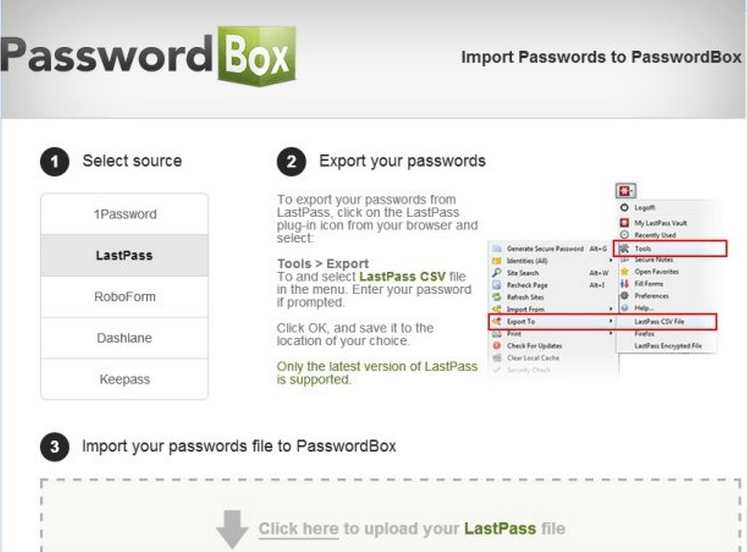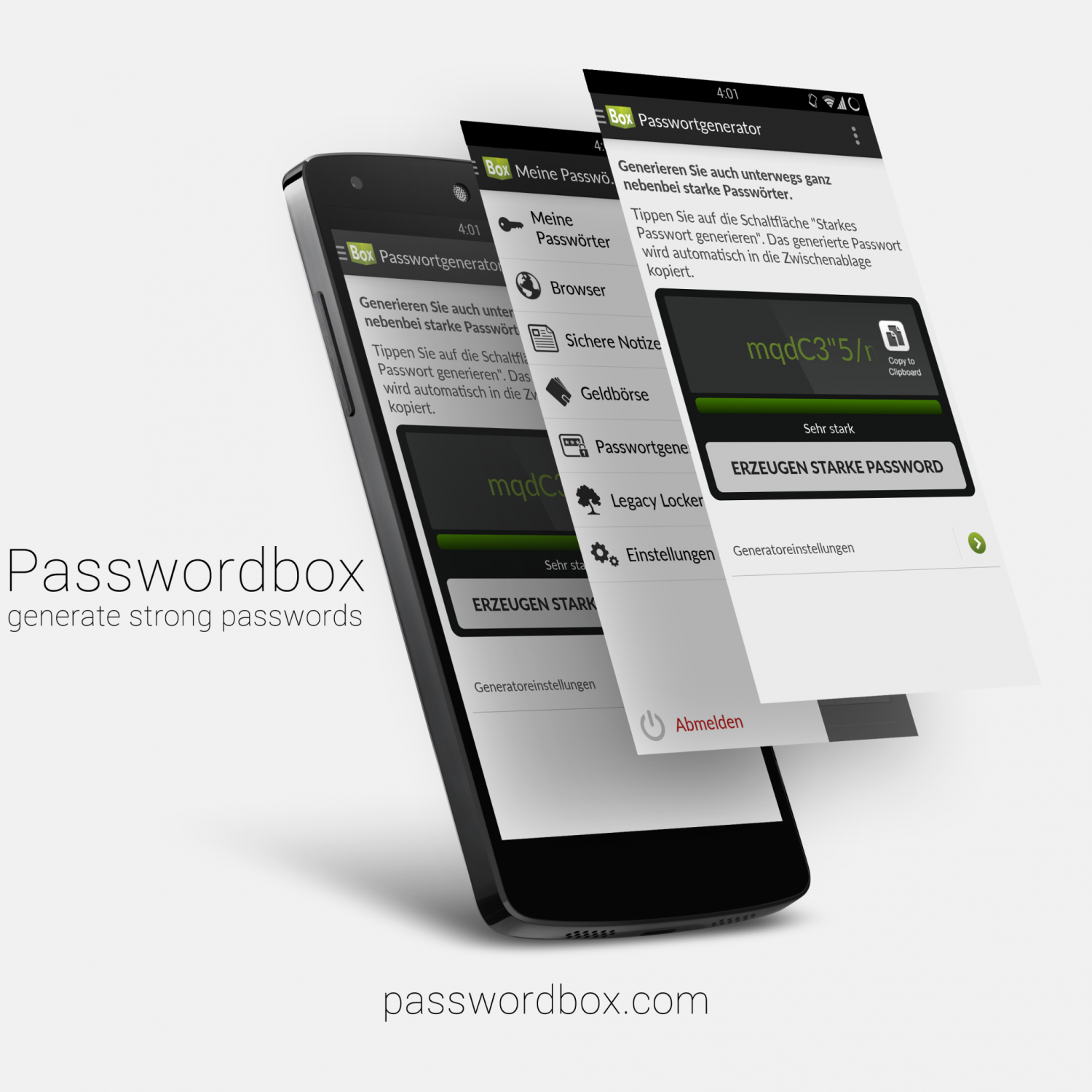
Gets or sets the geometry used to define the outline of the contents of an element.
#Passwordbox password#
Gets or sets the brush that specifies the color of the password box's caret. Gets or sets a cached representation of the UIElement. Gets or sets the border thickness of a control. Gets or sets a brush that describes the border background of a control. Gets or sets an input source for the bitmap effect that applies directly to the rendered content for this element. Gets or sets the BindingGroup that is used for the element. Gets or sets a brush that describes the background of a control. Gets a value that indicates whether at least one touch is pressed over this element or any child elements in its visual tree. Gets a value that indicates whether at least one touch is pressed over this element. Gets a value that indicates whether at least one touch is captured to this element or to any child elements in its visual tree. Gets a value that indicates whether at least one touch is captured to this element. Gets or sets a value indicating whether this element can be used as the target of a drag-and-drop operation. Gets the rendered height of this element. Identifies the SelectionTextBrush dependency property. Identifies the SelectionOpacityProperty dependency property. Identifies the SelectionBrush dependency property. Identifies the PasswordChar dependency property. Identifies the PasswordChanged routed event. Identifies the MaxLength dependency property. Identifies the IsSelectionActive dependency property. Identifies the IsInactiveSelectionHighlightEnabled dependency property. IsInactiveSelectionHighlightEnabledProperty Identifies the CaretBrush dependency property. Initializes a new instance of the PasswordBox class. You can find a list of visual properties in the Changing the Visual Structure of a Control section in the Customizing the Appearance of an Existing Control by Creating a ControlTemplate article. Setting a visual property only has an effect if that property is both present in the control's default template and is set by using a TemplateBinding. The default style is determined by which desktop theme is used when the application is running. If a property is set by a default style, the property might change from its default value when the control appears in the application. To see the parts and states that are specific to the PasswordBox, see PasswordBox Styles and Templates.ĭependency properties for this control might be set by the control's default style. For more information about creating a ControlTemplate, see Customizing the Appearance of an Existing Control by Creating a ControlTemplate. You can modify the default ControlTemplate to give the control a unique appearance. To apply the same property settings to multiple PasswordBox controls, use the Style property.

Do not mark the event handled unless you deliberately want to disable PasswordBox native handling of these events, and be aware that this has notable effects on the control's UI.

If you need to respond to these events, listen for the tunneling PreviewMouseUp and PreviewMouseDown events instead, or register the handlers with the HandledEventsToo argument (this latter option is only available through code). Consequently, custom event handlers that listen for MouseUp or MouseDown events from a PasswordBox will never be called.

PasswordBox has built-in handling for the bubbling MouseUp and MouseDown events.


 0 kommentar(er)
0 kommentar(er)
